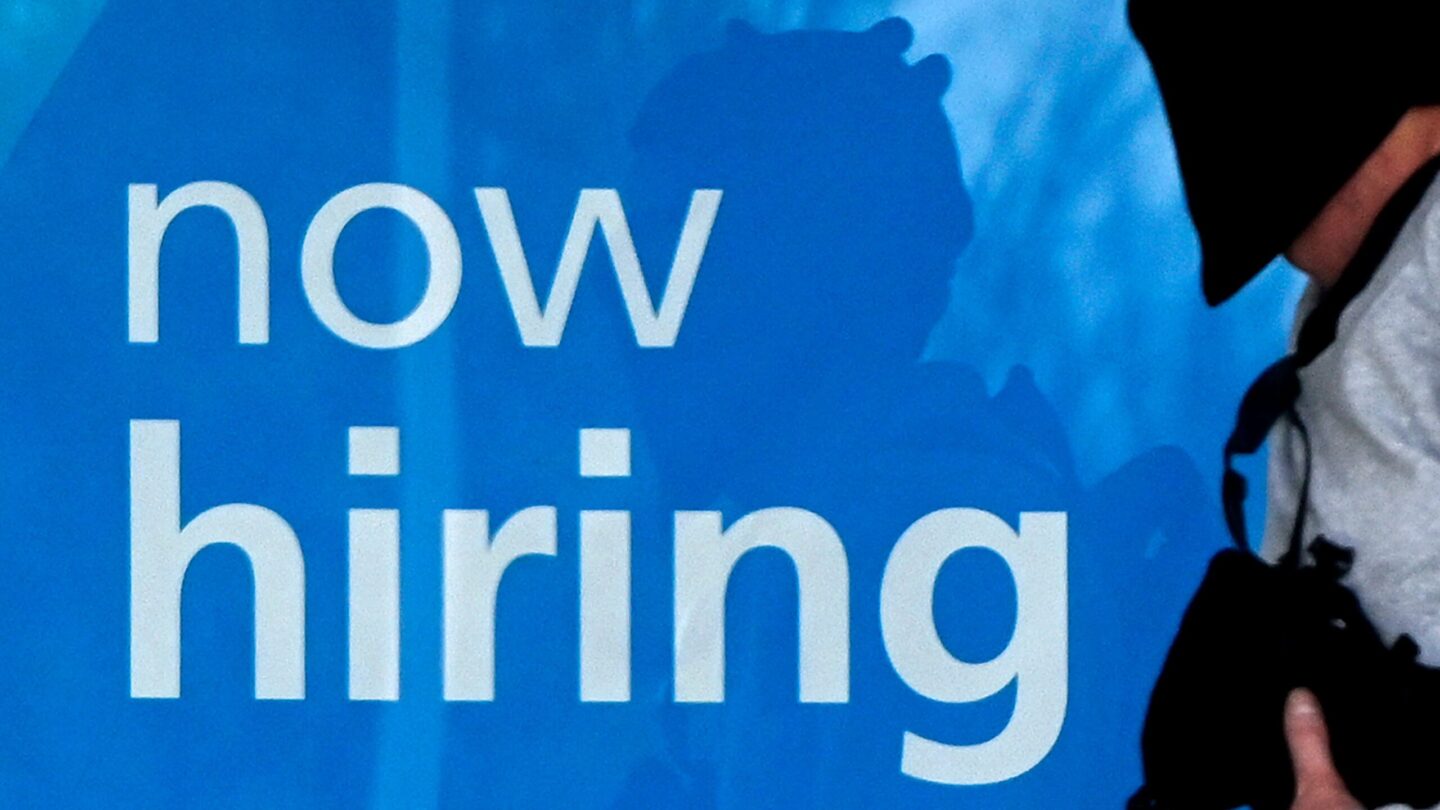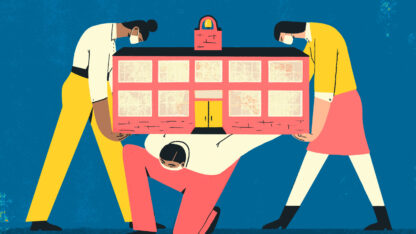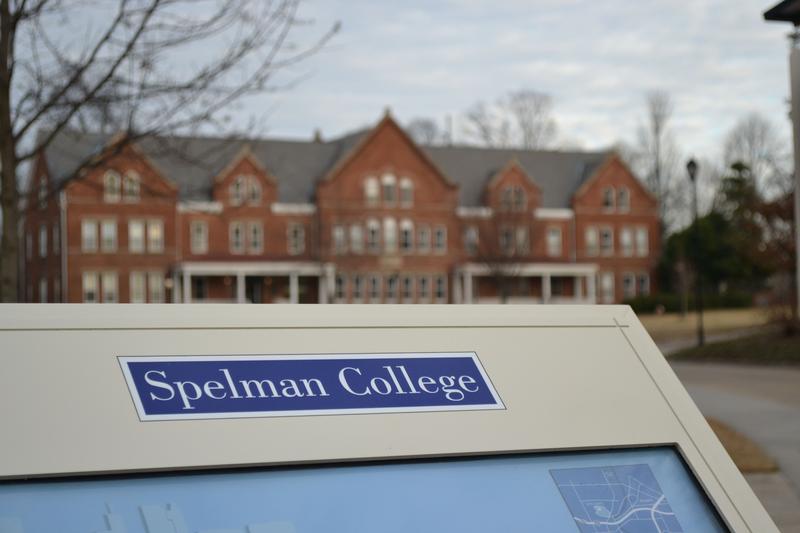The job market surged in January even as omicron cases spiked

Olivier Douliery / Olivier Douliery
The nation’s jobs recovery picked up steam last month, despite a spike in new coronavirus infections.
U.S. employers added 467,000 jobs in January, according to a new tally from the Labor Department. That’s much better than forecasters were expecting, although it marks a slowdown from December, when revised figures show the country gained 510,000 jobs. Job gains for November were also revised upward.
The unemployment rate rose modestly in January to to 4%, from 3.9% in December.
Hiring might have been even stronger last month, were it not for the fresh wave of infections tied to the omicron variant, which dented employers’ demand for labor and kept many would-be workers on the sidelines.
The monthly job count was conducted around the second week of January, just as omicron cases were nearing their peak. Daily infections at the time were nearly seven times as high as they were when jobs were tallied in December.
Infections are already starting to decline
The spike in cases, while severe, has already begun to recede. Daily infections dropped below 500,000 this week after peaking above 800,000 two weeks earlier.
“The question then is, ‘How quickly will they come down?'” said Elise Gould, senior economist with the Economic Policy Institute. “You could see a recovery [in the labor market] as early as February, and certainly March, if we can start putting the pandemic behind us.”
New claims for unemployment benefits have declined in the last two weeks after a brief jump earlier in January.
And there are signs that employers are still keen to hire. The Labor Department counted nearly 11 million open jobs at the end of December. ADP surveys show a large share of employers plan to add workers over the next six months.
“All of this data suggests that the recovery from omicron could be swift, as the spread is contained,” Richardson said.
The economic outlook still hinges on the pandemic
But the labor market’s outlook will still depend on the progress of the pandemic.
Changes in the public health outlook can easily sway demand for workers — especially at businesses such restaurants that rely heavily on in-person contact with customers. Restaurants and bars added 108,000 jobs last month.
Retailers added 61,000.
The winter surge in coronavirus cases also kept some people out of the labor market who otherwise would have been working.
A Census Bureau survey in early January found nearly 8.8 million people were unable to work because they were sick with COVID-19 or taking care of someone who was — a three-fold increase from the month before.
A shortage of workers has bedeviled the economy for months.
When the coronavirus first hit the U.S. almost two years ago, millions of people stopped working or looking for work. As the pandemic has dragged on, some would-be workers have been slow to return.
“There is a pool of people out there who could come back into the labor force, but it’s not happening very quickly,” Federal Reserve Chairman Jerome Powell told reporters last week.
Tight job market leads to higher wages and prices
Those missing workers are contributing to an overall tight labor market as businesses struggle to fill jobs.
Employees are also quitting in large numbers, often in search of a better job elsewhere. A Labor Department report earlier this week showed 4.3 million workers quit jobs in December, the most recent month for which figures are available.
The resulting labor shortages and increased turnover have contributed to rising wages and higher prices.
That’s one reason the Fed is now planning to raise interest rates, in an effort to regain control over inflation. Consumer prices in December were up 7% from a year ago — the sharpest increase in nearly 40 years.
Wages and benefits have also been climbing, as businesses compete to get workers in the door. Employers’ labor costs were 4% higher at the end of last year than the year before.
Forecasters say competition for workers may ease somewhat, as the omicron wave fades and more people come back to work.
“As it becomes safer and fewer people are sick, they can participate more fully in the labor market and we will see that return,” said Gould. “Unfortunately, one of the byproducts of that will be, as workers are less scarce, they may not have the same kind of leverage they had in the fall to bid up their wages.”
9(MDAxODM0MDY4MDEyMTY4NDA3MzI3YjkzMw004))








